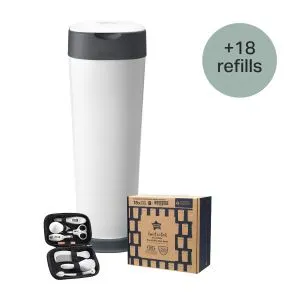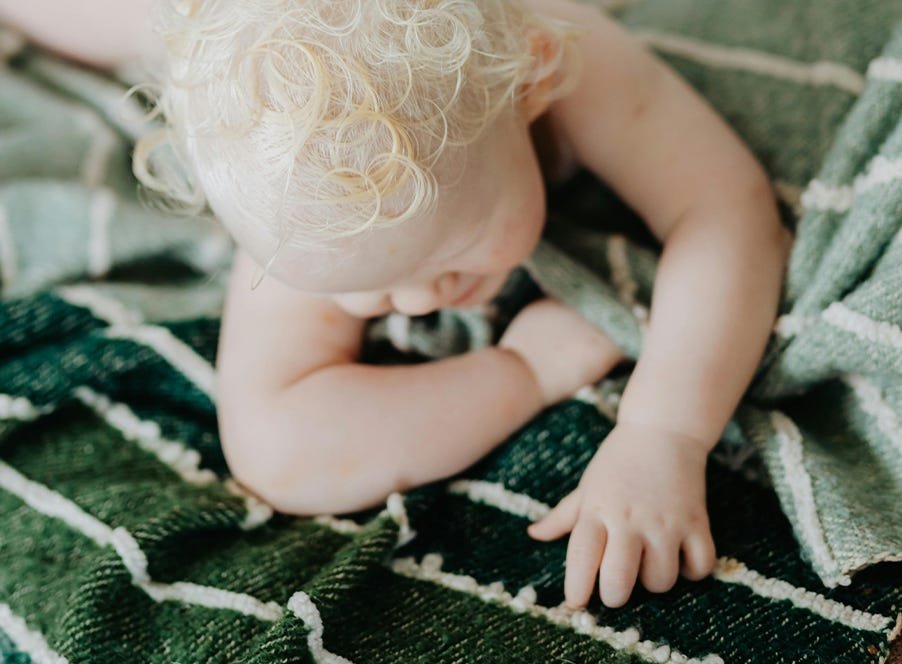
Ultimate XL Nappy Disposal Bundle with 18 Refills
Bundle & Save 40%
Subscription orders can be cancelled at anytime. Free delivery on all subsequent subscription orders. Find out more about subscriptions.
They’re easy and fuss free
Your products are automatically sent to you
You save up to 10% when you sign up for a subscription
You can cancel at any time

By the time they've reached toddlerhood, your little one is probably well used to bathtime. And while time in the tub can be fun, it can also be a source of tantrums and upset from time to time. As they grow into an independent little tot, it's normal for toddlers to learn to say "no" and start to want to do things on their own.
If you're wondering how to adapt your bathtime routine as your toddler grows, we can help! We've gathered some top tips to keep toddler bathtime enjoyable and safe for everyone involved. Let's run through how often you should bathe your toddler, how to make bathtime fun, and answer some of the most common toddler bathtime FAQs.
Toddlers can be bathed two or three times a week. But it's fine to bathe them more often if they've gotten extra sticky, dirty or muddy during the day.
You should clean your toddlers' face and genitals daily. And for those days in between when they need a quick freshen-up or if they don't feel like having a bath one day, a quick wash with a soft soapy washcloth will work just fine.
It's a good idea to schedule bathtime on set days - Monday, Wednesday, and Friday, for example. Try to also stick to the same time (lots of parents find that just before bedtime works well), so that your toddler knows what to expect and when.
Bathing a toddler is the next step up from bathing a baby. It's a little different, but some key points are the same.
Let's run through the steps to a successful toddler bathtime...
There are lots of fun things parents and carers can do with a toddler in the bath to keep them happy and engaged. These include:
It's a good idea to wait for at least 30 minutes or, ideally, one to two hours after they've eaten before you bathe your toddler. This gives them time to digest their meal and helps to avoid any tummy discomfort.
While bathtime can be fun, many toddlers develop a fear of going in the bath. This could be either because of the noise of the drain, being afraid of being sucked down the plughole or getting water on their face. Let's run through how you can help combat this and keep bathtime fun for everyone involved: